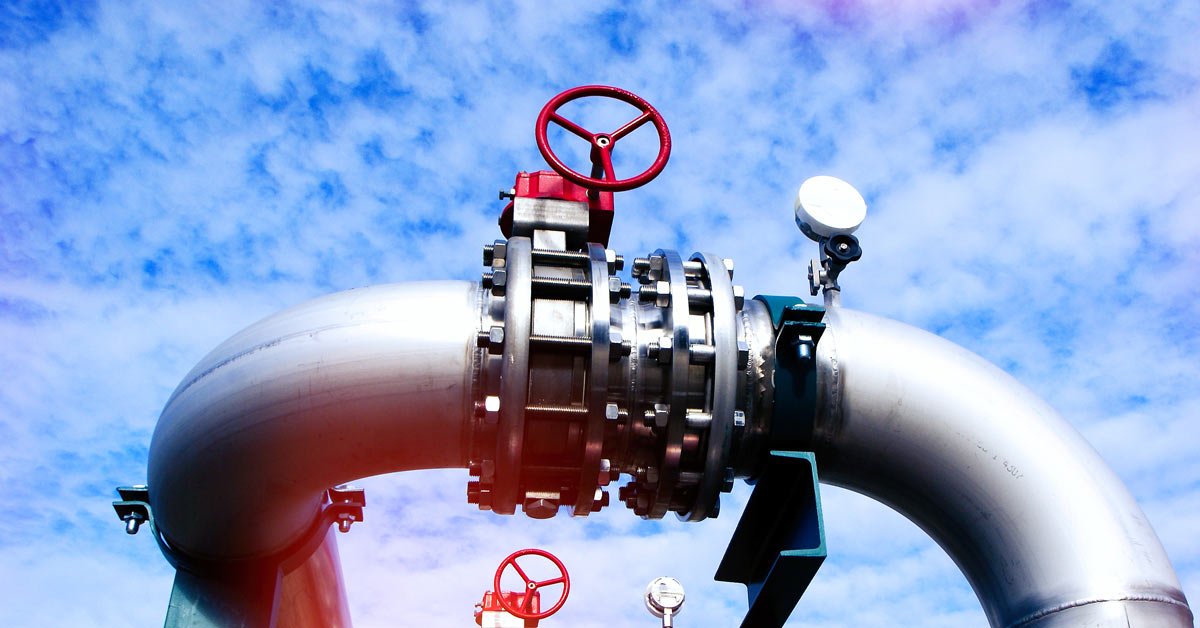For utility companies, digital transformation has a unique complexity and urgency. With dispersed infrastructures, including network elements that may be decades or even centuries old, it's challenging for utilities to achieve business objectives and meet regulatory requirements, which in the UK include a net-zero carbon emission deadline of 2050. And as regulated entities, utilities don't set their own prices, so driving efficiencies is the only way to realising a profitable business.
That's why last autumn's announcement of a new IoT research initiative for utilities, based at the Integrated Transport Electricity Gas Research Laboratory (InTEGReL), was such an important step.
The 15-acre InTEGReL site now includes a Low Power Wide Area network designed for the use of UK utilities, and others that want to improve asset visibility, control, access and management using IoT.
InTEGReL is a long-standing energy research collaboration with academic, technology and utility partners. The addition of the LPWA pilot network, which was installed in December 2019 by Three UK, now allows utilities to explore how the very latest in sensor and connectivity technologies can be deployed to transform how remote infrastructure is managed.
LPWA sensors, including those measuring pressure, temperature, humidity and movement, have already been deployed on the test network and, as is required with any equipment destined for critical national infrastructure, are now being rigorously field-tested.
Unique insights for gas, water and power utilities, thanks to IoT
What's already clear is that the sensors are bringing back data that's never been seen before. Potential use cases are being developed and the possibilities are genuinely exciting: proving how utilities can minimise and pre-empt costly on-site visits and instead remotely monitor vital metrics at key junctures in their distribution networks.
Utilities will also be able to use the IoT sensors to get a complete, accurate view of distribution network topology. Especially in the case of water networks, which can be hundreds of years old in places, certain parts of the infrastructure are unmapped and unknown, until they're discovered suddenly by a digger.
Moving beyond visibility is predictability: the ability to determine where the next outage will occur. Intelligent analytics overlaid on IoT sensor data will allow utilities to perform preemptive maintenance, where the data indicates with a high degree of confidence an imminent fault or failure.
Intelligent analytics overlaid on IoT sensor data will allow utilities to perform preemptive maintenance, where the data indicates with a high degree of confidence an imminent fault or failure.
Better, comprehensive meteorological data, drawn from sensor networks, can also allow power grids to optimise their energy mix (among sources like coal, nuclear, gas, solar and hydro) to take maximum advantage of renewable sources at all times, helping to meet the net zero carbon target.
A network built for utilities and innovation
The communications network underpinning the utilities' IoT sensors must be reliable, ubiquitous, and able to reach hard-to-access locations where the pipes and lines are located, including underground. The LPWA pilot network at InTEGReL was built to meet these needs ahead of nationwide deployment.
Using sensors to monitor utility networks is not a new concept, but the underlying communications network that low-cost sensors rely on has typically been GSM mobile, which is serviceable but lacks the reach and power of LPWA.
Unlike other network technologies, LPWA covers a larger area; the radio signal also penetrates deep inside buildings and underground, where IoT devices must often be placed on difficult to reach infrastructure. Additionally, low-energy sensor devices can last in the field for up to a decade on two AA batteries, which means they can be zero-touch after deployment.
Low-energy sensor devices can last in the field for up to a decade on two AA batteries, which means they can be zero-touch after deployment.
That's a benefit for worker safety, too, reducing the need for engineers to go into dangerous areas to take readings that IoT can collect remotely. Where on-site visits are needed, sensors can proactively transmit site information including weather or equipment alerts to worker tablets, to reduce risk and improve efficiency. It's all part of Connected Worker technologies being explored at InTEGReL, which can include wearable sensors for field engineers, to monitor their health and even provide a call-home capability in the event of an accident or distress.
Connected utilities at the frontier of innovation
The utility that is connected -- with comprehensive data flowing back to control centres, via ubiquitous, low-cost sensors and low-power network connectivity -- is well positioned to move forward with innovation and digital transformation programs.
Those decisions demand data, which must be complete, accurate, and ready for analysis, drawn from a true digital map of the infrastructure including extended microgeneration sites, linked to real sensors deployed in-life on that equipment. That’s why the sensor pilots now in process are so vital to the next step. Digital transformation is imperative for utilities, and it begins here.
We look forward to providing further updates on progress from InTEGReL, as business cases and applications develop. We also encourage any companies interested in how they can benefit from LPWA technologies to get in touch, as well as anyone wishing to test LPWA sensors.


